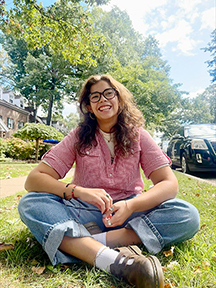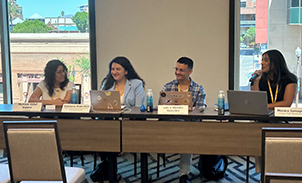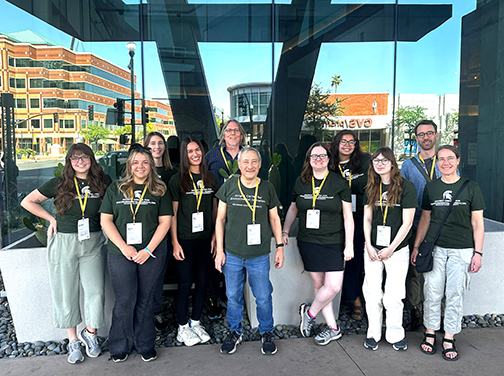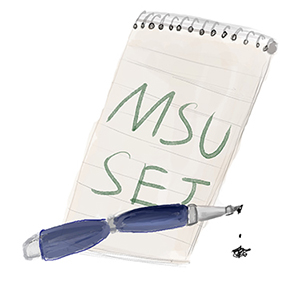 How to report on science controversies
How to report on science controversies
This is the 1st in a series of articles about reporting skills by Knight Center students who attended the 2025 Society of Environmental Journalists conference.
By RUTH THORNTON
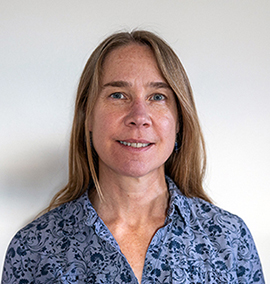
Ruth Thornton
How can science journalists cover scientific controversies and scientists’ misconduct without decreasing the public’s trust in science itself?
A panel at this year’s Society of Environmental Journalists’ annual conference at Arizona State University discussed this gnarly problem.
The panel was moderated by Jackie Mogensen, a reporter with Mother Jones, and included panel members Stepanie Lee, a senior writer at the Chronicle of Higher Education, Rodrigo Pérez Ortega, a staff writer with Science magazine and Amy Westervelt, an investigative climate journalist and executive editor of Drilled.
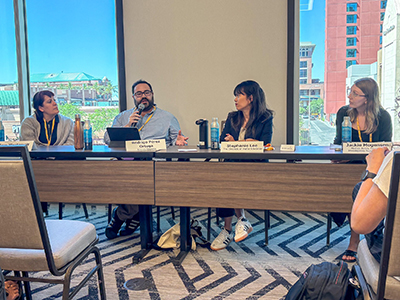
Science controversies panel
Lee described her reporting about Brian Wansink, the now-discredited professor and researcher at Cornell University’s food lab who studied eating behaviors and food marketing.
“This was a lab at an Ivy League university with a lot of media attention and a lot of eye-catching and influential findings published in a lot of different journals,” Lee said.
Then, in 2016 or 2017, non-Cornell data scientists took a closer look at the numbers the studies reported, she said.
They “found a lot of very concerning red flags that somehow had not been noticed before, including straight-out impossible numbers,” Lee said.
She uncovered that the lab had been exaggerating and manipulating their calculations for years, she said.
“They were maniacally focused on getting media attention and buzz for their findings,” she said.
Lee said the faulty results impressed funders and pleased Cornell University.
And they were not detected by the journals. Continue reading →


 How to report on an underserved community and their sensitive information
How to report on an underserved community and their sensitive information